On the occasion of the Amrit Mahotsav of Indian Independence, Sahitya Akademi, in collaboration with the Marathi Department of Shivaji University, Kolhapur and Yashwantrao Chavan School of Rural Development, organized a two-day seminar on the topic "Lokmanya Tilak: Life and Work" on 17 and 18 February 2022. This is a transcript of the speech delivered on the topic "Lokmanya Tilak and Dr. B.R. Ambedkar" presented in the first session of the second day.
Friends,
In any seminar organized by the Sahitya Akademi, the speaker is expected to make a presentation in an academic manner. This is why, most often, mainly academic researchers at the university level participate in it. Since I am not an academic researcher in the conventional sense, I will not be able to make an academic presentation on the topic of Lokmanya Tilak and Dr. B.R. Ambedkar. This is my constraint. However, I have been editing a journal for the past ten to fifteen years. It is an ideological and journal committed to transformational thought, mainly containing analytical and critical articles on political and social issues. . Therefore, I request you to look at my presentation on Tilak and Ambedkar from the perspective of an editor.
In all the sessions held yesterday and today, an attempt is being made to reflect upon Tilak's personality, thoughts and work bit by bit. Today's session revolves around a discussion on Tilak and three great men who can be called his contemporaries: Shahu Maharaj, Mahatma Gandhi and Dr. Ambedkar. And I will be talking about Tilak and Ambedkar. Tilak was born in 1856, Shahu Maharaj in 1874, Gandhiji in 1869, and Ambedkar in 1891. So, Shahu Maharaj was 18 years younger than Tilak, while Gandhiji was 13 years younger. Both of them had come into contact with Tilak for at least a few years, and there had been at least some exchange of thoughts amongst them.
This was not the case with Dr. Ambedkar. He was 35 years younger than Tilak. There is no mention of any meeting between him and Tilak. Not only that, Dr. Ambedkar's public life took off in 1920, the same year that Tilak passed away. However, if we decide to look at how and to what extent the thoughts and work of the two of them intersected or complemented each other, we come across numerous threads. I will try to put some of them together and some separately to create a picture which might lead us to some conclusions.
One good thing about both of them is that everyone is more or less familiar with their life journey. Everyone in India who has been to a university, and everyone in Maharashtra who has even gone to school and college would be familiar with them. Therefore, there is no need to recount their biography or their journey here. So, I will divide my 20-minutes speech into three parts.
1. Similarities and differences between Tilak and Ambedkar
2. The essence and scope of their thoughts
3. Their contribution and its relevance today
Part 1- Similarities and differences
Let's look at some of their similarities. Tilak lived for 64 years from 1856 to 1920, while Ambedkar lived for 65 years from 1891 to 1956. That is, almost the same number of years. Tilak entered social work at the age of 24, while Ambedkar entered social work at the age of 28. This shows that both were around twenty-five years old when they stepped into social work and remained active for the next 35 years.
Both Tilak and Ambedkar were Maharashtrians and spoke Marathi. Both studied law. Both started and ran newspapers for their public work in the early days. Both were great scholars. Both were very learned. Both wrote books which could be considered to be theoretical contemplations. Both had excellent language skills and necessary competencies for strong arguments; and both were aggressive and could break down the opposition. Both had many bitter opponents. Agarkar was the main opponent of Tilak in the beginning and later it was the moderate section of the Congress. Gandhi and the Congress were throughout the main opponents of Ambedkar. However, both of them gained immense popularity during their lifetime. And both of them achieved great success at the all-India level.
Let us consider the larger difference between them. Tilak was born in the highest stratum of the caste hierarchy in Hindu community. The people of that caste were the beneficiaries of this centuries-old system. Dr. Ambedkar was born in the lowest stratum of the caste hierarchy and the people of that stratum were exploited for centuries. Due to this huge gap, the public life and struggle of the two individuals continued to move not only on two different but opposite levels. Tilak struggled to free his country from the yoke of foreign power, while Ambedkar's fight was about liberating his community from the slavery of the rest of the Indians.
Part 2. The essence and scope of their thoughts
In the debate between putting the political reforms before the social, Tilak was not only on the side of the political, but he was also against those who considered social reforms to be more important. Throughout his life, he used three weapons to achieve Swaraj, namely Swadeshi, National Education, and Boycott. For this, he worked relentlessly, suffered harsh imprisonment. Swaraj was his ultimate goal.
Tilak passed away on 1 August 1920, which was just six months after Ambedkar's public life began in earnest. On 31 January 1920, Dr Ambedkar had started publishing the fortnightly journal Mooknayak. At that time, Ambedkar was 29 years old. Tilak was the one who had offered the ‘mantra’ – “Swaraj is my birthright” to the country. In the February 1920 issue of Mooknayak, Ambedkar wrote, "As a principle, we do not reject Swaraj, but if we look at it in practice, we cannot tout it until we know whose Swaraj it is and for what. Till then, those who want to hype it, they are welcome to do so."
 It is clear from this quote that this criticism was against Tilak who was working at the national level. If Tilak had lived longer, perhaps Gandhi would not have carried forward the leadership so soon and even if he had, Ambedkar would have continued to hustle in Maharashtra mainly against Tilak.
It is clear from this quote that this criticism was against Tilak who was working at the national level. If Tilak had lived longer, perhaps Gandhi would not have carried forward the leadership so soon and even if he had, Ambedkar would have continued to hustle in Maharashtra mainly against Tilak.
Twenty years later, in 1939, while speaking in the Bombay Legislative Assembly, Ambedkar said, "When the question of personal interest and the interest of the country comes up, I will give priority to the interest of the country. But if the question of the interest of the untouchables and the interest of the country comes up, I will give priority to the interest of the untouchables." Given this statement, the superficial observer will assume that Ambedkar’s objectives were quite contrary to those of Tilak’s. Perhaps, after hearing/reading this, some will be tempted to consider Ambedkar anti-national. However, we must remember that Tilak was sorrowful - that his country, which had a magnificent heritage was being conyrolled, and he was ready to sacrifice everything, to go to jail. But Ambedkar did not have a country in the same sense that Tilak had, he saw his untouchable community suffering under the yoke of Hindu society; he saw this community enduring torture worse than prison every day.
Tilak wrote a book called Geeta Rahasya, which offered a new interpretation of the Bhagavad Gita, and Karma Yoga is at its center. However, Tilak ignores many undesirable customs, traditions and rituals in Hinduism; sometimes he supports them and occasionally looks for corroboration in the scriptures.
When Dr. Ambedkar started publishing Mooknayak, the following abhanga by Tukaram was printed in every issue as slogan:
काय करू आता धरूनियां भीड। नि:शंक हे तोंड वाजविले॥
नव्हे जगी कोणी मुकीयांचा जाण। सार्थक लाजून नव्हे हित॥
Why should I hesitate any more
Undoubtedly, I have started speaking
Nobody pays attention to those who are silent
There is no benefit in shying away
And in every issue of ‘Bahishkrit Bharat’, the following ovi from the ‘Dnyaneshwari’ was printed as slogan :
आता कोदंड घेऊनि हातीं। आरूढ पा इये रथीं। देई अलिंगन वीरवृत्ती। समाधाने.
जगी कीर्ति रूढवीं। स्वधर्माचा मानु वाढवी। इया भारा पासोनि सोडवी। मेदिने हे.
आतां पार्था नि:शंकु होई। या संग्रामा चित्त देई। एथ हे वांचूनि कांही। बोलो नये.
Take this Kodand bow and ride this chariot
Embrace your bravery with contentment
Establish your fame in the world
Increase the honour of your dharma
Release the earth from this burden
Now Parth, have no doubt
And focus on this war
Apart from this
I have nothing to say
One realises that Tilak must have thought of the British as if there were the Kauravas. While Ambedkar felt that the higher caste Hindu community was like the Kauravas. The title of the first editorial in Kesari written by Tilak after his release from Mandalay in 1914 is “Punashcha Hari Om” (Once again) and in 1926, when Ambedkar returned after completing his education abroad after six years and started ‘Bahishkrit Bharat’, the title of the editorial in the first issue is also “Punashcha Hari Om” (Once again).
 Weekly ‘Bahishkrit Bharat’ lasted for two and a half years. Many letters from Shatapatre by Lokhitwadi (Gopal Hari Deshmukh) were reprinted for the next one and a half years. These letters were originally published in weekly Prabhakar in between 1848 and 1850. This means that Ambedkar was reprinting the letters which were about 70 years old. What was the content of those letters? They were mainly about the importance of English education and the undesirable customs and traditions within Hinduism. (Today one must remember Lokhitwadi. Today is the beginning of his 200th birth anniversary – as he was born on 18 February 1823). It indicates what to fight against and with what support. It was against the Hindu society and along with the formula "Educate, Organize, Agitate".
Weekly ‘Bahishkrit Bharat’ lasted for two and a half years. Many letters from Shatapatre by Lokhitwadi (Gopal Hari Deshmukh) were reprinted for the next one and a half years. These letters were originally published in weekly Prabhakar in between 1848 and 1850. This means that Ambedkar was reprinting the letters which were about 70 years old. What was the content of those letters? They were mainly about the importance of English education and the undesirable customs and traditions within Hinduism. (Today one must remember Lokhitwadi. Today is the beginning of his 200th birth anniversary – as he was born on 18 February 1823). It indicates what to fight against and with what support. It was against the Hindu society and along with the formula "Educate, Organize, Agitate".
Ambedkar stopped the publication of ‘Mooknayak’ which had begun in January 1920 after six months and went abroad to pursue further studies, and returned after six years. That is when the influence of the three ideals of the French Revolution - "Liberty, Equality, Fraternity" was clearly visible on his mind. He himself has compared the Chavdar Lake Satyagraha with the manifesto of the French Revolution. In 1927, he kept Outcast India in front of him and burned the Manu Smriti. After that, there was an unsuccessful fight for untouchables entry into the Kalaram temple and then in 1935 at Yewla he declared, "Though I was born a Hindu, I will not die a Hindu." It took another 20 years before what he said in that pledge was achieved, but a few weeks before his death, he fulfilled that pledge. While converting into Buddhism, he had considered all four aspects - social, secular, philosophical and religious - and the principle behind all of them is the creation of a new society.
It should be noted here that Tilak was not alive to see the work that Ambedkar did in three and a half decades. But the leadership of the country had passed from Tilak to Gandhi. Although Gandhi condemned many undesirable aspects of Hinduism, he called himself a Real Hindu and referred to Ambedkar as "the great challenge to Hinduism". If Tilak had been alive at that time, his reaction could have been more extreme. He might have even called Ambedkar a murderer of Hinduism.
One constraint one faces here is that since Ambedkar's entire social work happened after Tilak's death, Ambedkar's response to Tilak's thought and work can be analysed. But there is no point in stretching beyond a certain limit in wondering how Tilak would have responded to Ambedkar's work. Perhaps Tilak would have changed as Gandhi changed. But the Tilak and Ambedkar conflict was done. The poetic justice within all this is that Tilak's son Shridharpant's position was closer to that of Agarkar and Ambedkar. A good ideological relationship had developed between Shridhar Tilak and Ambedkar. And Ambedkar has also said that "Shridhar Pant is the real Lokmanya”, a true public figure".
Although Ambedkar had made a distinction between Brahmins, non-Brahmins and outcasts and had severely criticized the upper caste society and leaders, he did respect Lokhitavadi and Justice Ranade. His speech "Ranade, Gandhi and Jinnah" is well known. "Justice Ranade tried to create social democracy," he said. On the contrary, he also said "There is no one in this country who can compete with the self-praise of Gandhi and Jinnah.
Also Read : How Two Historians Viewed Mahatma Phule by Vinod Shirsath
Part 3. Their contribution and its relevance today
Tilak was a strong nationalist. The British gave him the critical title as the "Father of Hindi Discontent", which was later proudly accepted by Indians. However, the title "The Hero of Outcast India" was given affectionately to Ambedkar by the untouchable community, and the higher castes looked at it with contempt or ridicule.
How did Tilak get that position? Tilak became more active in the National Congress after 1895, though it was formed in 1885 (of course there are several reasons behind this, but it should be noted that Agarkar had passed away that year). The Congress expanded a little for the next ten years. But after the partition of Bengal in 1905, the Congress became nationwide. However, two or three years later, Tilak was sentenced to six years imprisonment. He spent six years in prison in Mandalay from 1908 to 1914. After his release, he barely got five or six years, and the turning point during this time was the Lucknow Pact. The agreement signed between the Congress and the Muslim League in 1916 was steered by Tilak and Mohammad Ali Jinnah. According to that agreement, the Muslim community was given more constituencies in proportion to its population. These were separate electorates. Tilak ensured that agreement happened – perhaps it was so that the country continued to be united in the fight against the British or perhaps it was to challenge the British efforts that tried to divide the Hindu-Muslims or perhaps it was because of the strong belief that if Hindu-Muslims lived together in this country, there had to be harmony. That is when Tilak became the topmost leader of the Congress.
Later, Gandhi used that agreement to reduce the gap between Hindus and Muslims. After that, 16 years later, the same question arose when the British decided to make separate constituencies for the untouchables. Then Gandhi signed the Pune Agreement with Dr. Ambedkar, which said, "Untouchables should have a reserved constituency instead of a separate one, but in larger numbers." Of course, Ambedkar did not sign that agreement happily, but under the pressure created by Gandhi's hunger strike. But at that stage, Ambedkar, who was only 40 years old, became the top most leader of the untouchables in the country.
After that, Ambedkar started saying publicly, "The direction of our politics is that we are no longer part of the Hindu community." He went further and said, "We are now an independent part of Indian society like the Muslims." However, during the same period, he wrote the book Thoughts on Pakistan. In it, he clearly stated that partition was inevitable and was in the interest of both Hindus and Muslims. A united India was not possible by force, and there was no point in insisting on it if there was no desire to live together. In some respects, that book might seem to be strengthening and providing arguments to the Hindutva activists and in some respects, to the Muslim League. However, that book is fundamentally against both (Hindu and Muslim) communities, and against both religions.
Here, Ambedkar seems to be completely opposit to Tilak and Gandhi. However, when the Indian Constituent Assembly met in December 1946, Ambedkar firmly stated that "the provisions of the proposal put forward by Jawaharlal Nehru are weakening the center of the country and giving scope to the provinces to secede." And at the same time, he also said, "There is no need to stop the work of making the constitution just because the members of the Muslim League boycotted the Constituent Assembly." Here, however, Ambedkar seems to be playing a sufficient role in nation building. Some may be surprised by this change. But this could be because Ambedkar might have considered the new constitution as the hope for a new India. (He was selected as the chairman of the drafting committee later, perhaps such a position that he had taken could have made the selection easier.)
It has now been 100 years since Tilak passed away and 65 years since Ambedkar passed away. As time goes by, Dr. Ambedkar's contribution is becoming more and more evident. The party that he founded has not been able to stand on its own, but his acceptance at all levels and within all parties is increasing. It is increasingly common to hear him being described in ascending order as the ally of the Dalits, the hero of the outcast Indian, the architect of the Indian Constitution, the highest spokesperson of Indian democracy, and now a strong driving force of human rights. When his death centenary year comes in another 35 years, Dr. Ambedkar's place in the minds of the Indian people will have grown even bigger. Especially, the place of Mahatma Gandhi, whom he criticized very harshly and bitterly, will have also grown equally bigger.
However, the Congress party has not taken the name of Lokmanya Tilak for many years, his name seems to be forgotten at all levels, he seems to have become irrelevant today. The main reason for this is that when Tilak got the opportunity to participate in India's freedom struggle for 35 years, the entire country had not awakened. After that, the struggle continued for 25 years and the country got freedom. And now, 75 years have passed since independence. But some scholars have presented the idea in an influential manner and with supporting evidence that "Tilak's politics was further expanded and deepened by Gandhiji". Many names from Acharya Javadekar to Sadanand More could be mentioned in this regard. That is perhaps enough to highlight the greatness of Lokmanya Tilak.
- Vinod Shirsath
editor.sadhana2023@gmail.com
(Originally published in Marathi in Weekly Sadhana, 12 April 2025, you can read it in print and on Sadhana Digital Archive here: एका संपादकाच्या नजरेतून टिळक आणि आंबेडकर)
Translated by Rahee Dahake
Tags: tilak lokmanya tilak tilak and ambedkar 19th century iभारतातील प्रबोधन Load More Tags

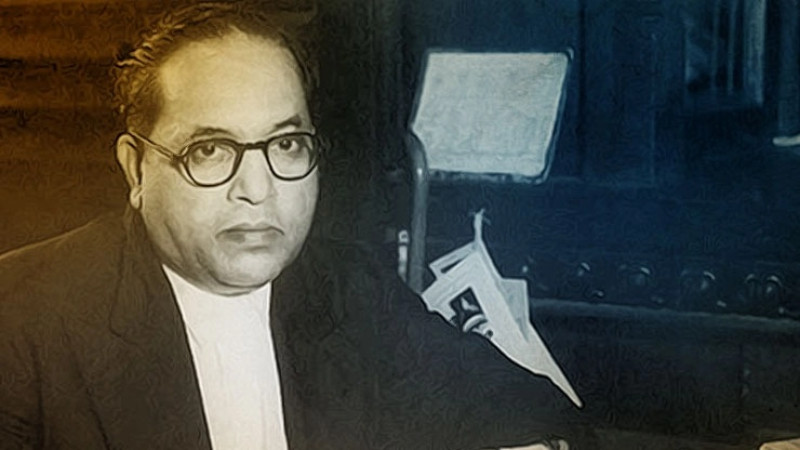

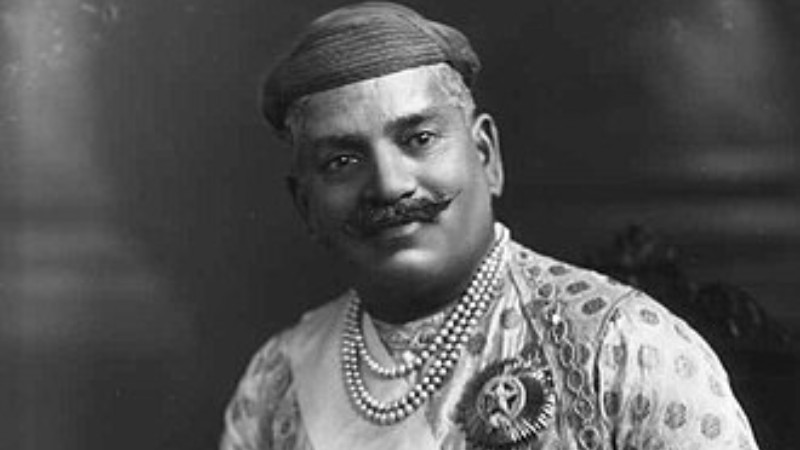
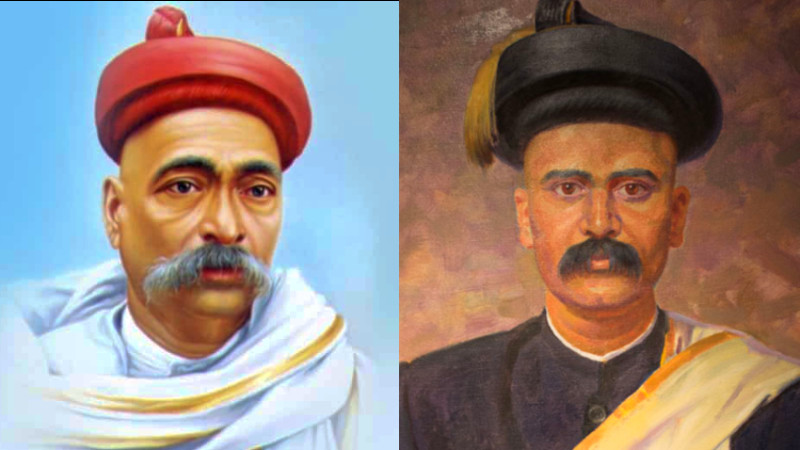
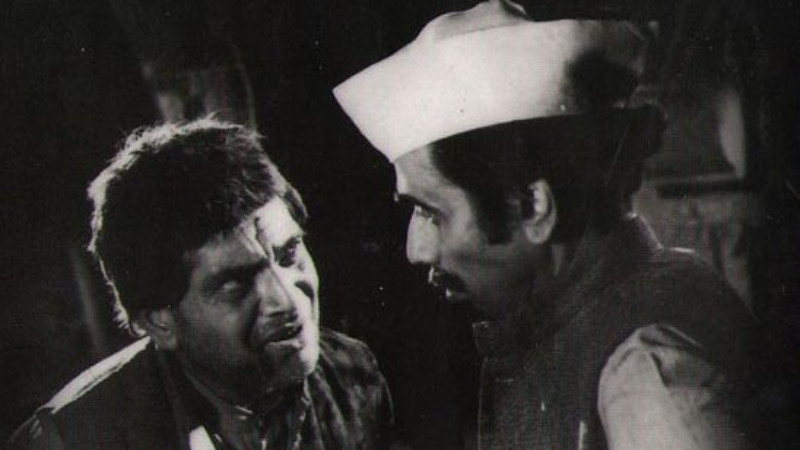
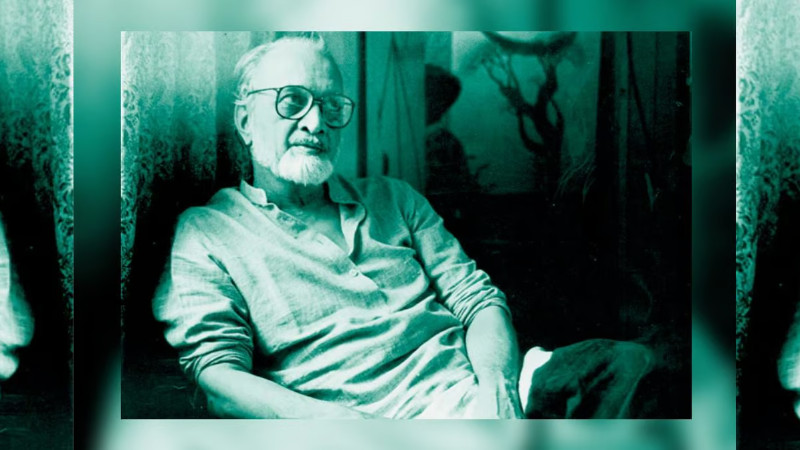

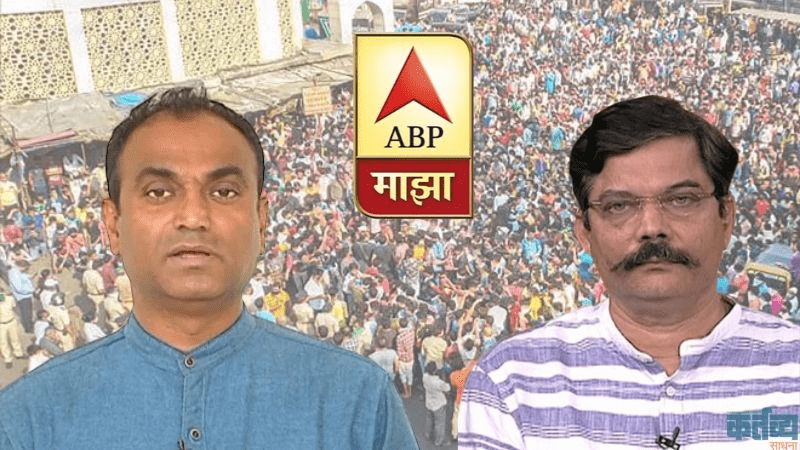

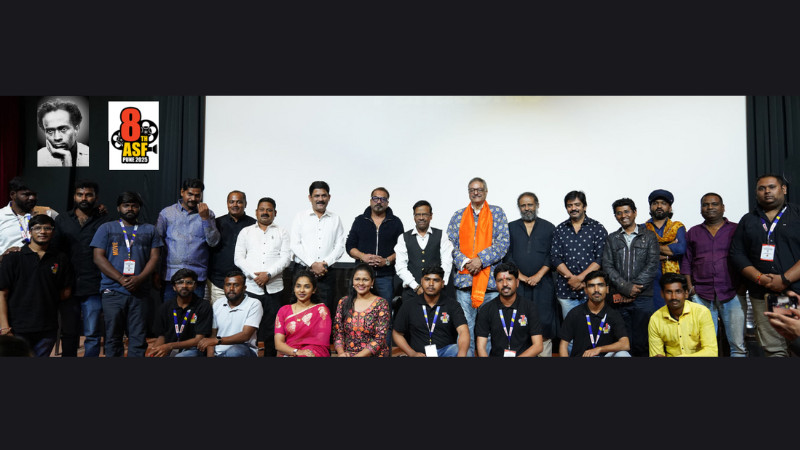

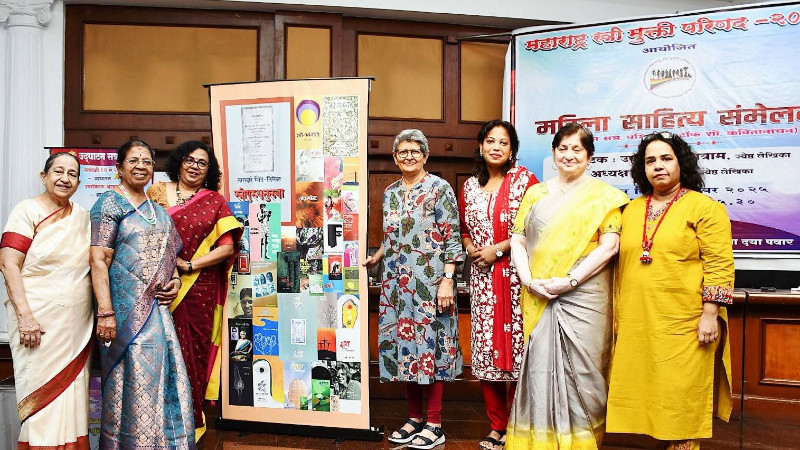
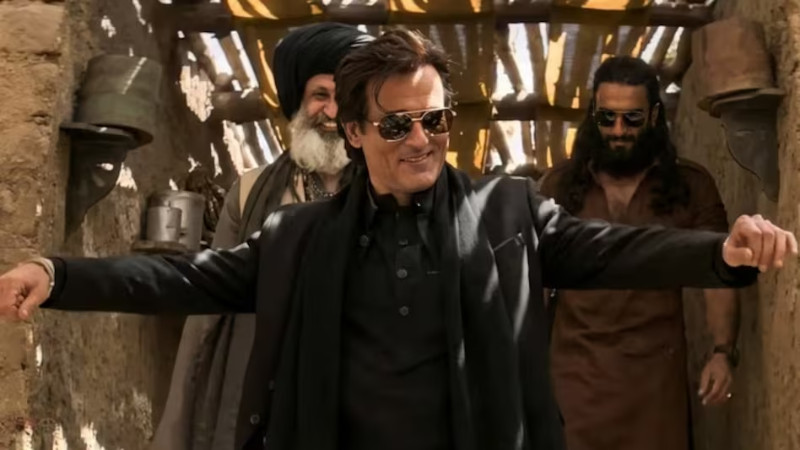

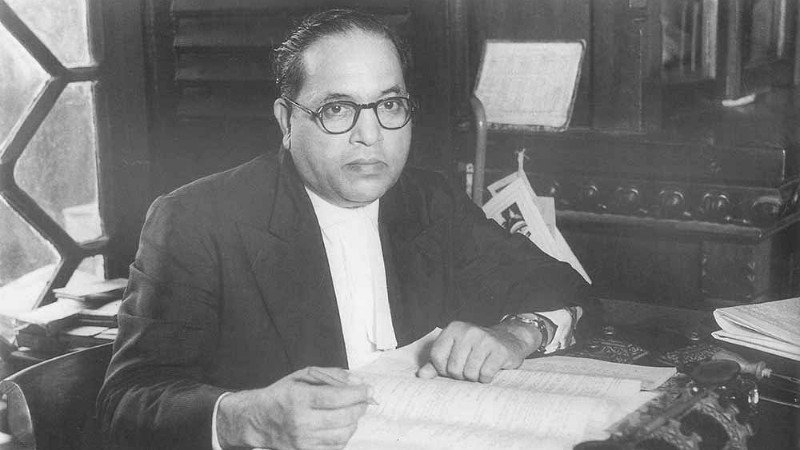
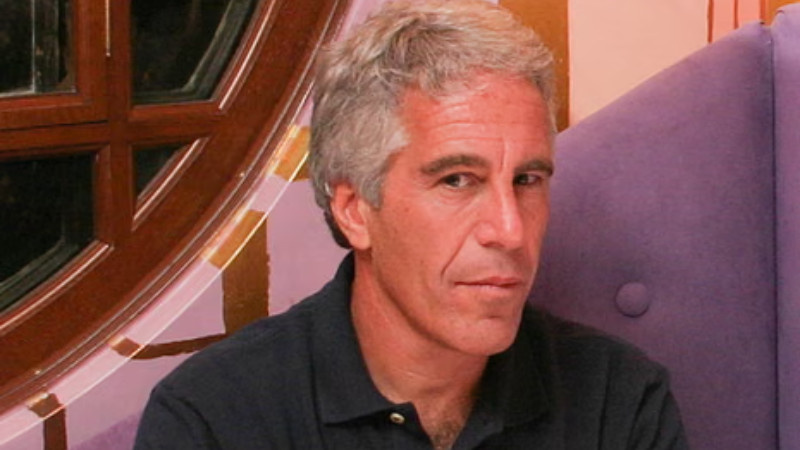

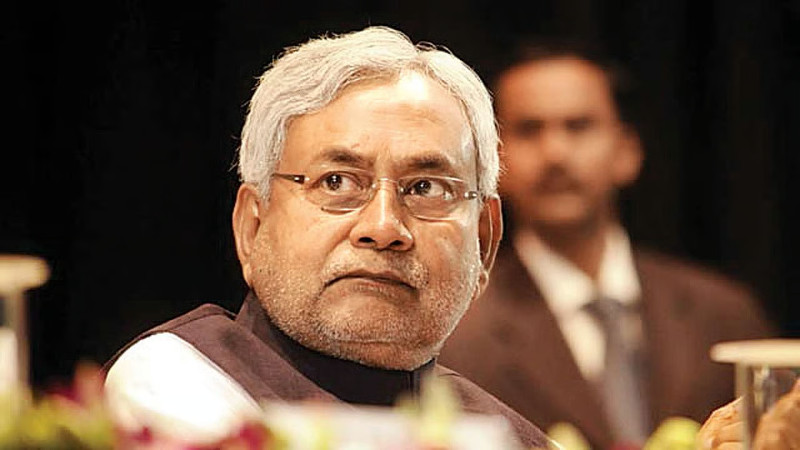
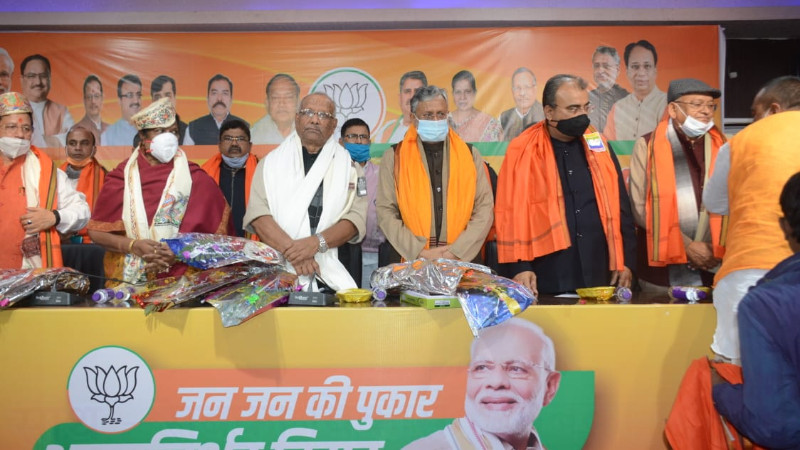
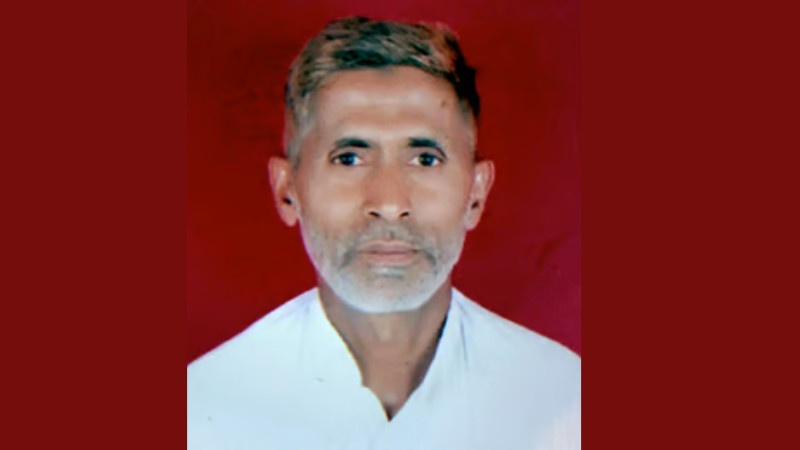


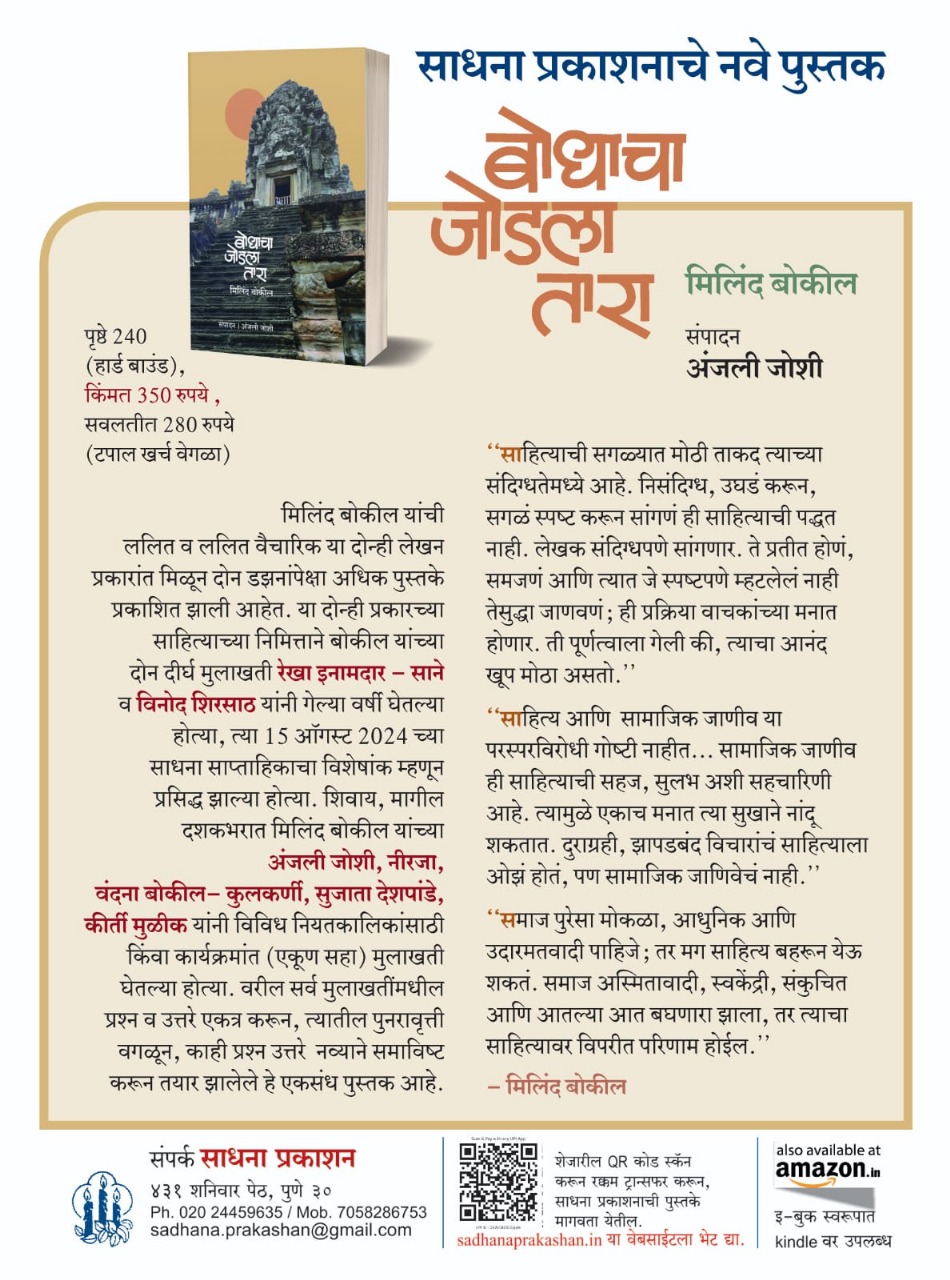

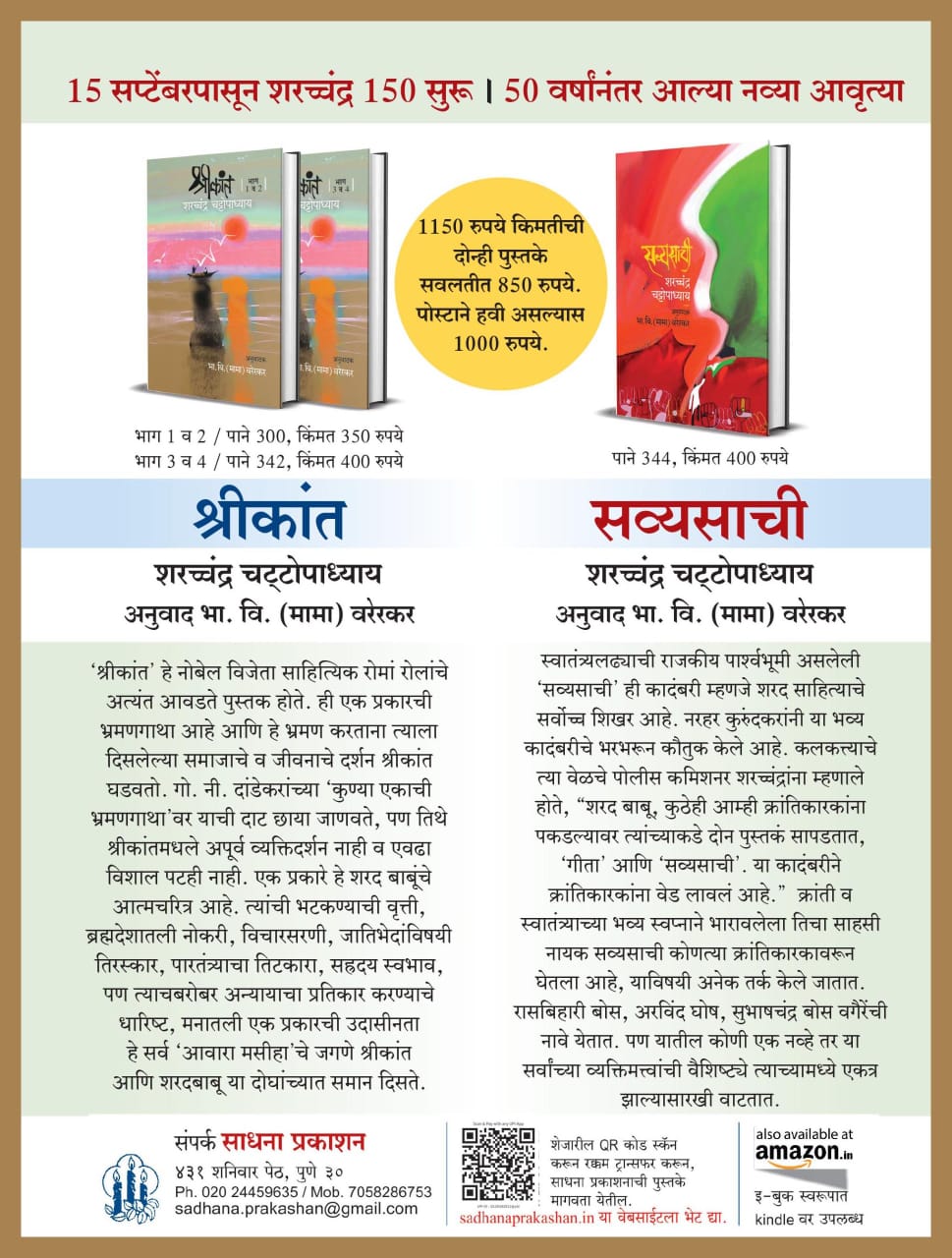
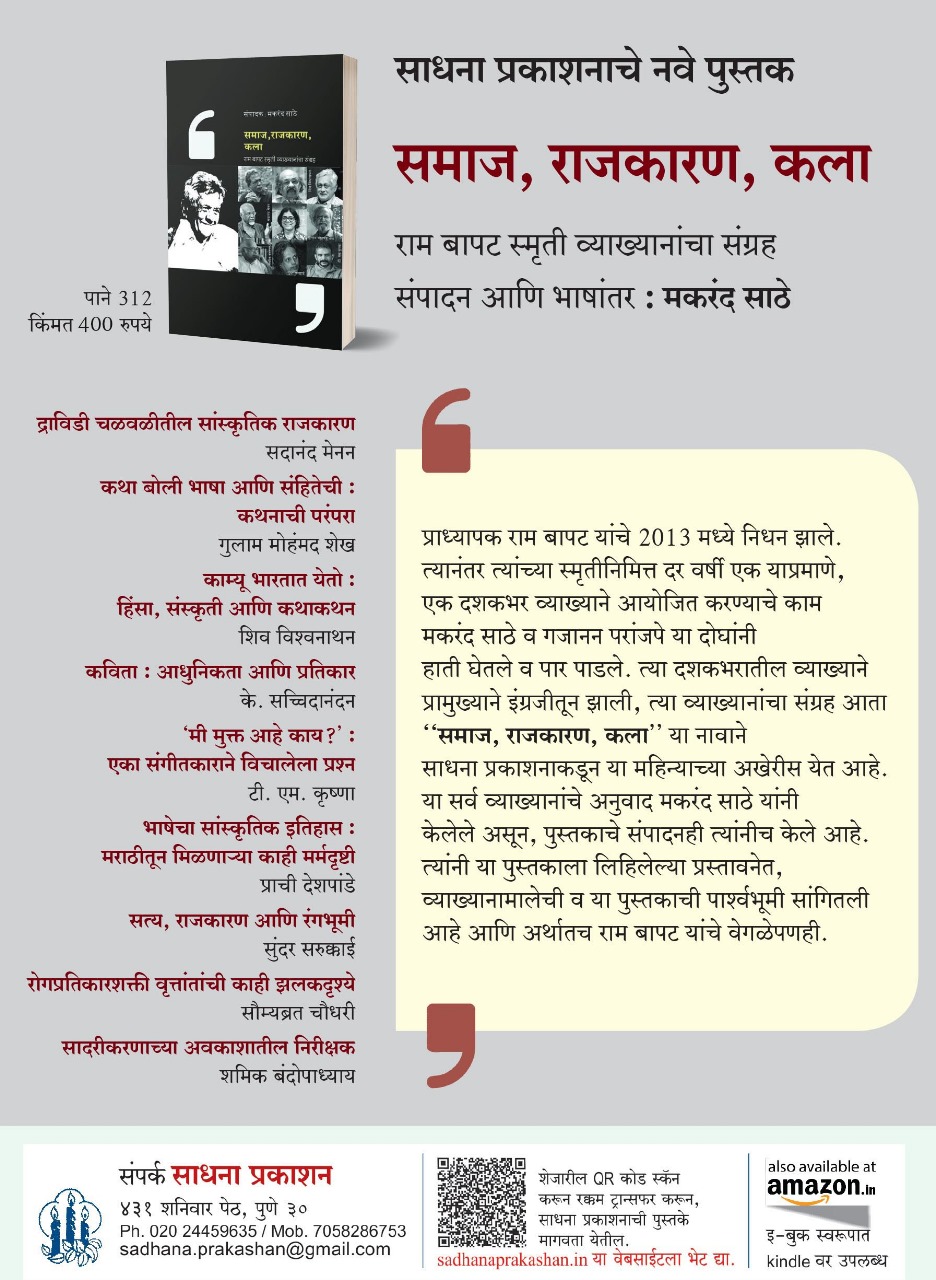
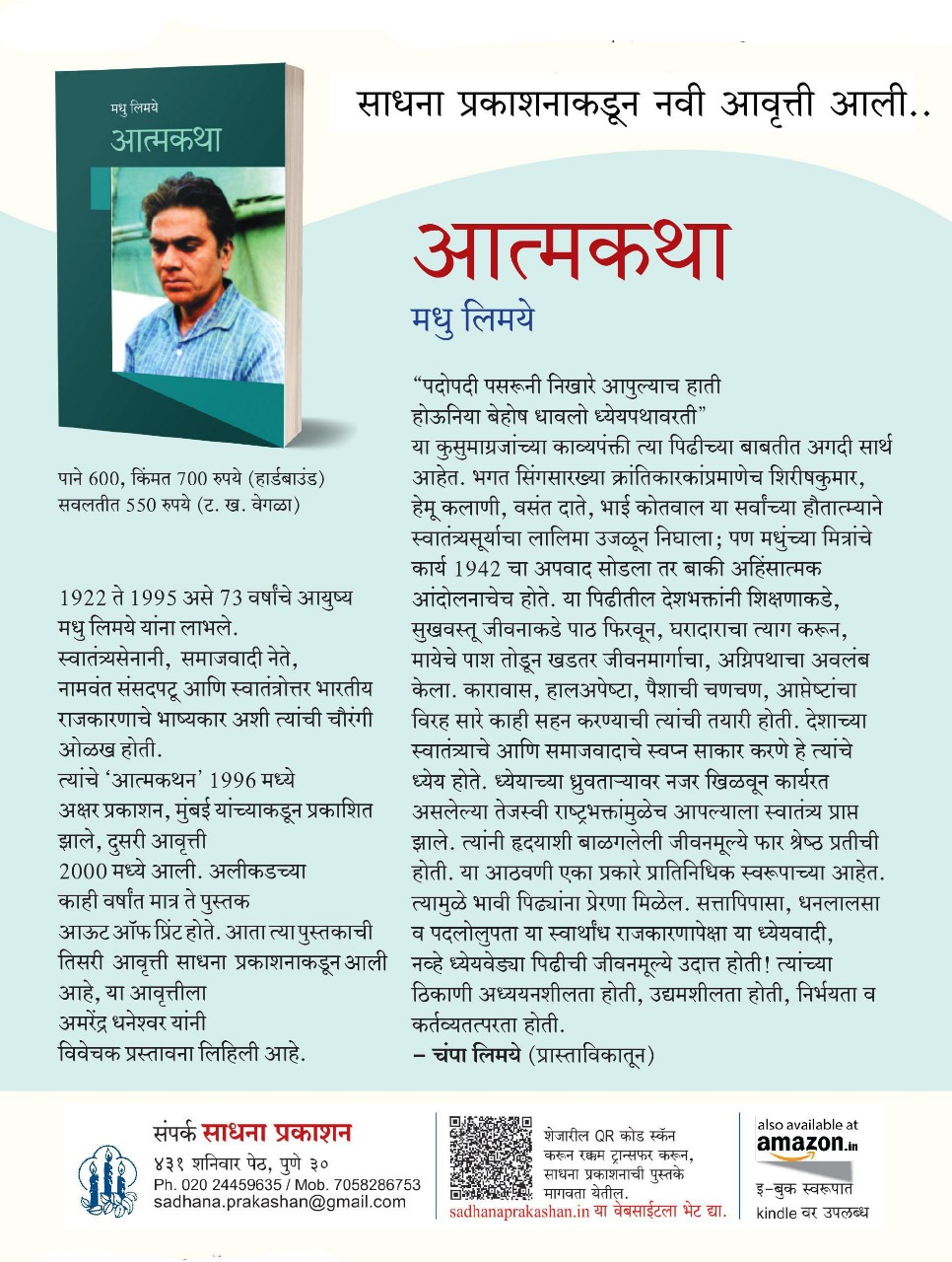

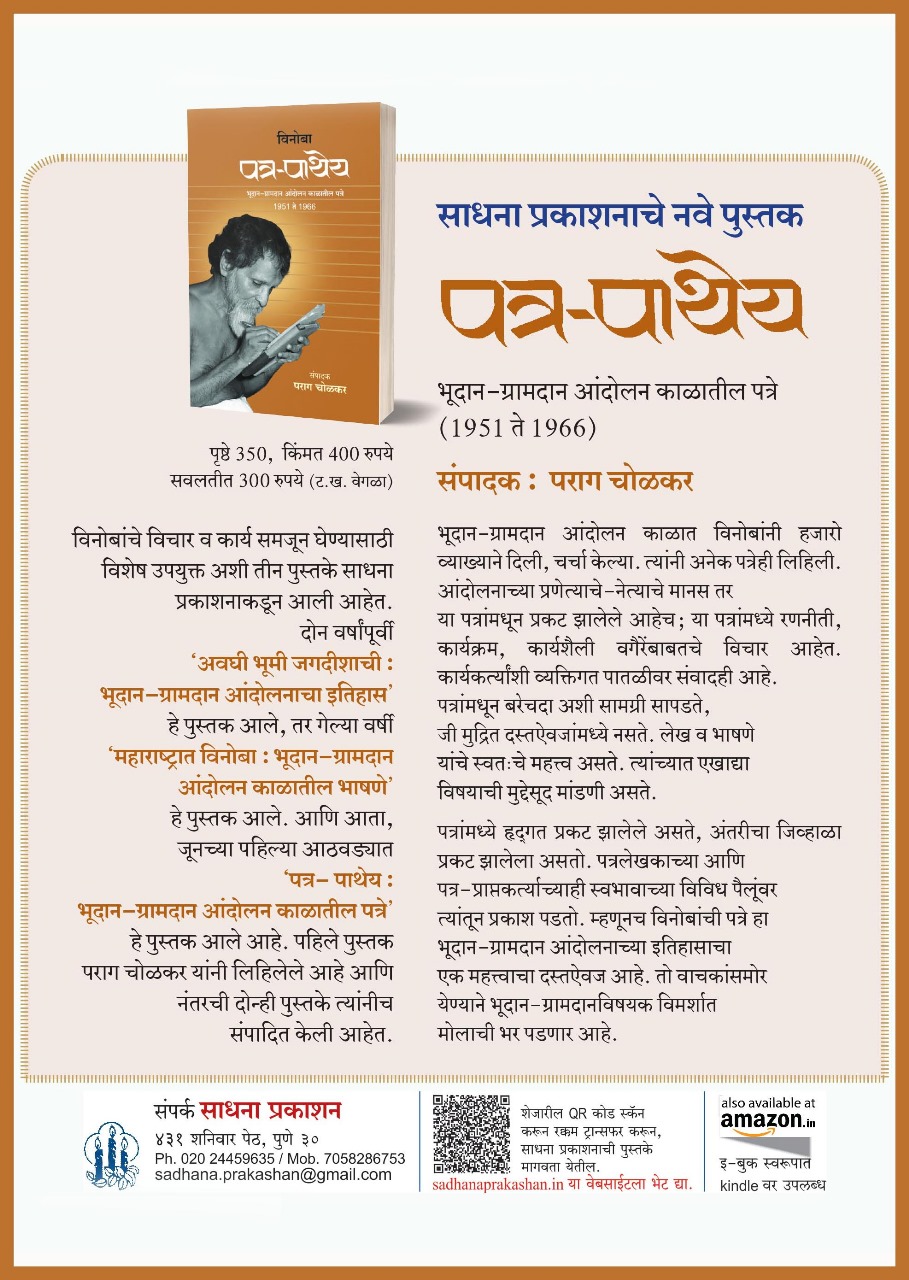
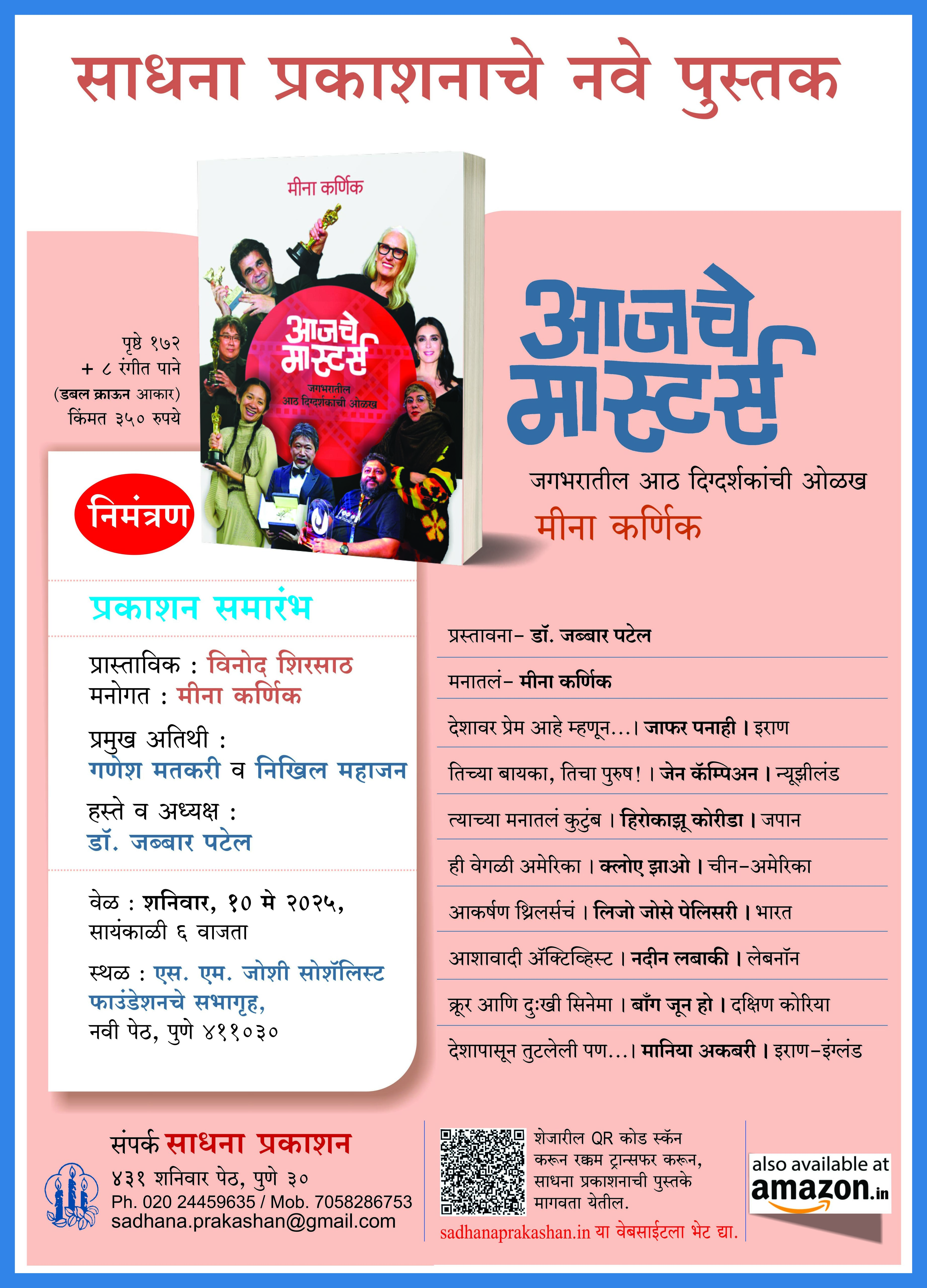
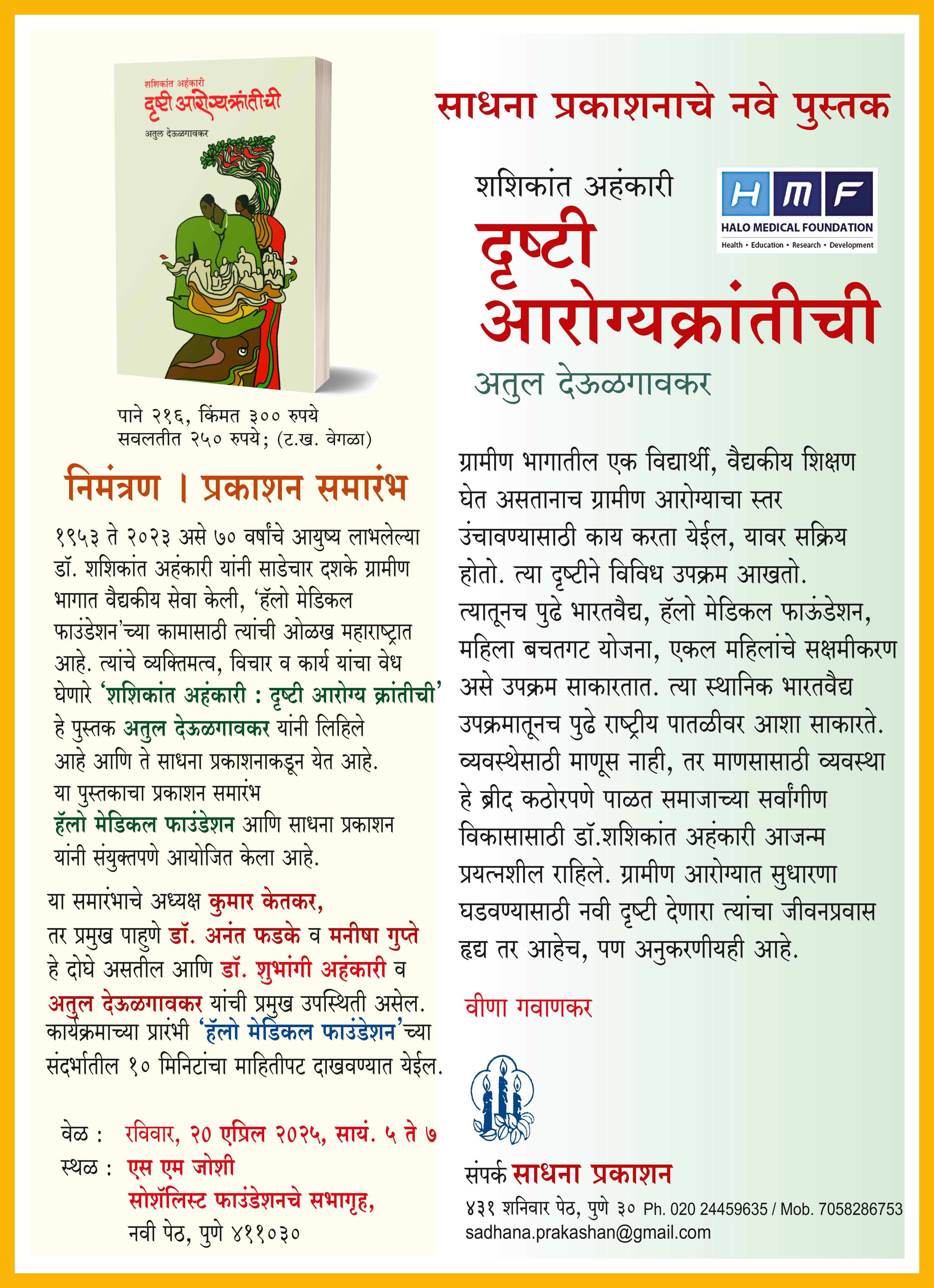
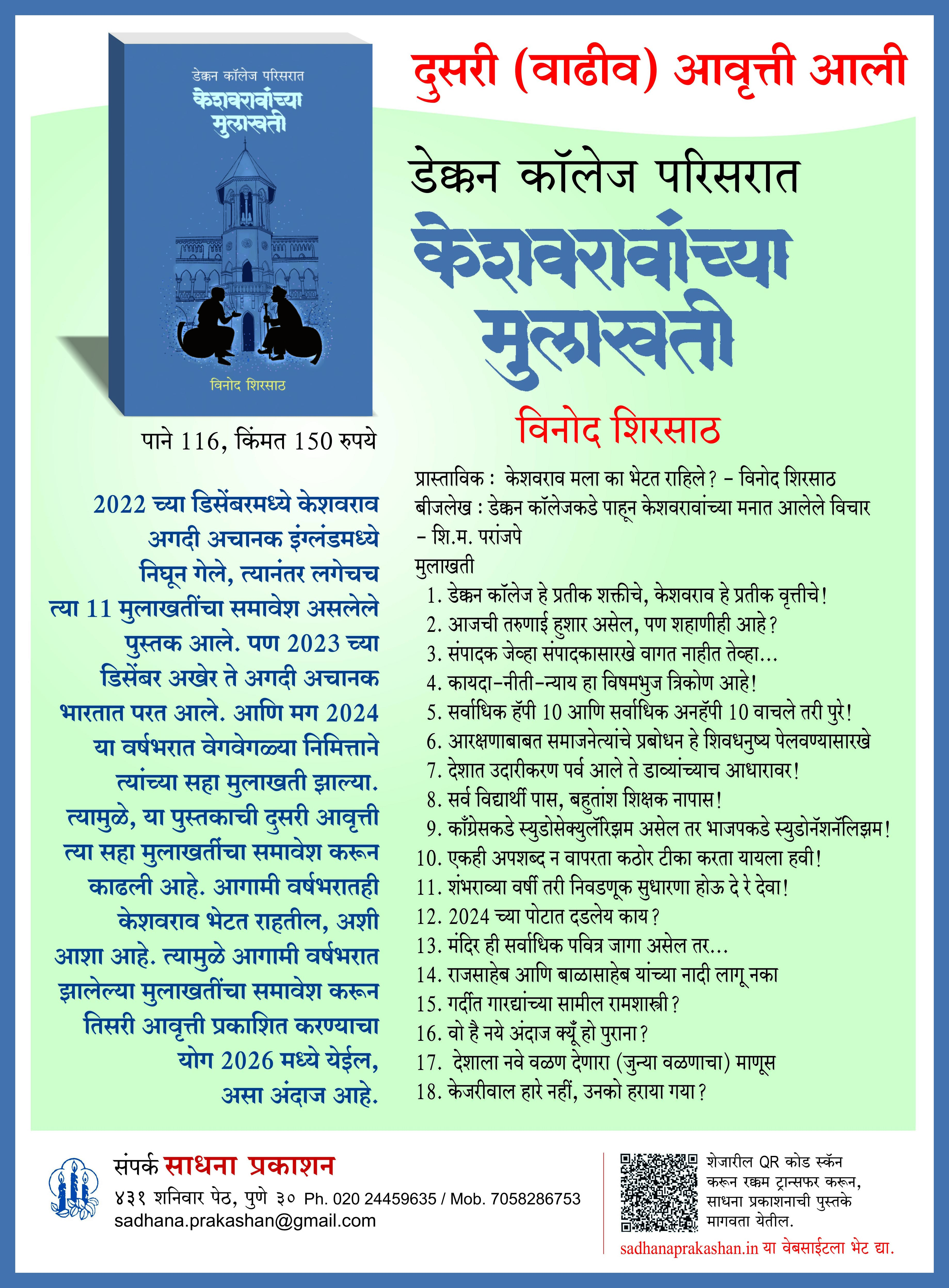
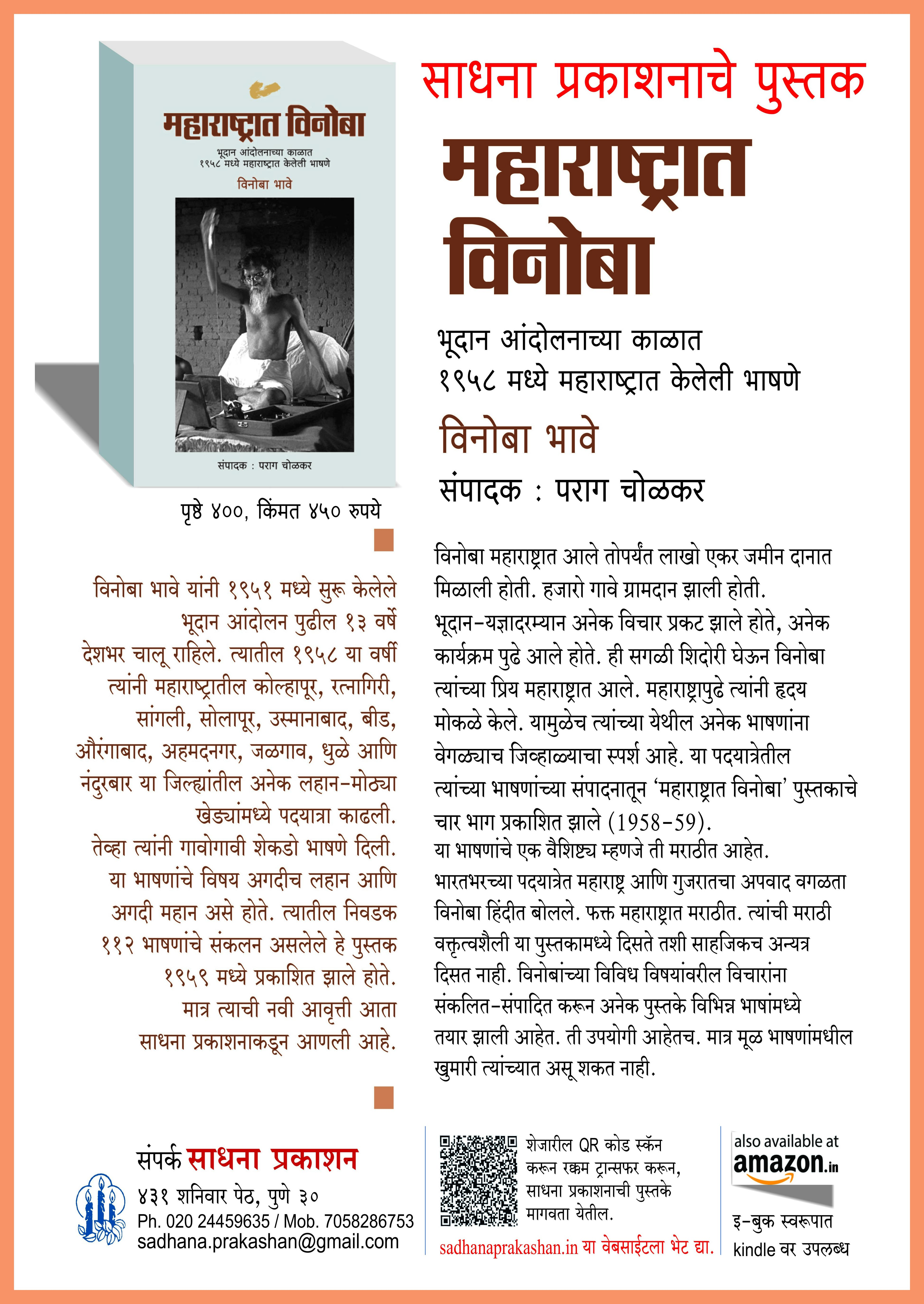

Add Comment